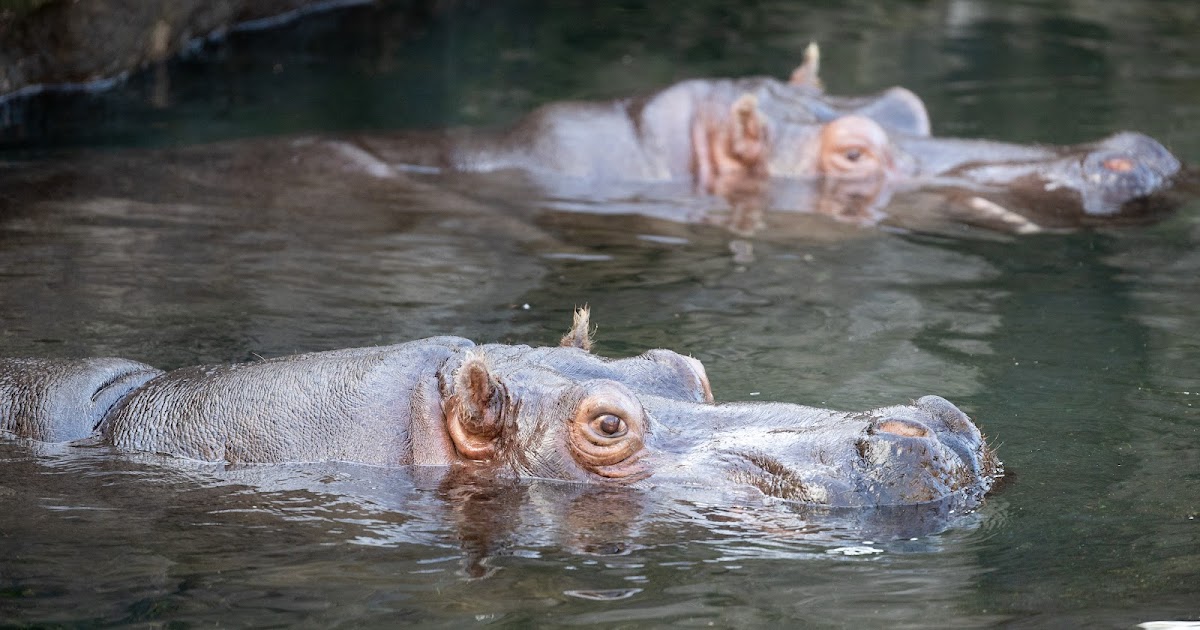Summary of palliative care plans being developed to ensure ongoing quality of life:
A recent medical examination and biopsy on Water Lily, a 45-year-old hippopotamus at Woodland Park Zoo, diagnosed her with fibrosarcoma, a form of cancer affecting connective tissues. The discovery followed a procedure involving nearly 30 zoo staff and a veterinary dentist to assess a swollen, abscessed cheek wound. This marked the first occasion Lily was placed under anesthesia, allowing for a comprehensive health assessment and tissue sample collection. Despite the surgical effort, the tumor was found to be inoperable and malignant. Consequently, the zoo’s veterinary team has shifted focus towards providing palliative care to ensure Lily’s comfort and wellbeing for the remaining time. The challenging case is notable due to the rarity of cancer diagnoses in hippos and the absence of documented sarcoma cases, complicating predictions about Lily’s prognosis. The Woodland Park Zoo has expressed gratitude for the public’s support and assured Lily will continue receiving dedicated care from her keeper and veterinary teams.
– Key considerations in developing palliative care plans for zoo animals with life-limiting conditions
– The role of interdisciplinary teams in managing zoo animal health and welfare
– Advanced medical interventions and comfort care in zoo settings
– Ethical considerations and decision-making processes in zoo animal care
– Public education and engagement in zoo animals’ health and conservation efforts
Developing palliative care plans for animals in zoological settings underscores the commitment of wildlife conservationists and zoo professionals to maintain the highest quality of life for animals under their care, particularly those facing life-limiting conditions. This process involves a comprehensive understanding of the animal’s health status, the progression of their condition, and the potential interventions that can provide comfort and improve their well-being. In the case of Water Lily the hippo, affectionately known as Lily, diagnosed with fibrosarcoma, a meticulous approach to palliative care is essential, bridging advanced medical treatments with compassionate support to ensure her ongoing quality of life.
Palliative care for zoo animals requires the collaboration of interdisciplinary teams, including veterinarians, animal health technicians, zookeepers, and sometimes specialists such as veterinary oncologists or dentists. These professionals work together to create a holistic care plan that addresses the animal’s physical, nutritional, and psychological needs. For Lily, her care team, spearheaded by Dr. Tim Storms, demonstrates the dedication and specialized expertise necessary to manage complex health issues in large vertebrates, integrating diagnostic procedures, potential medical treatments, and daily care routines tailored to her needs.
In zoo settings, deploying advanced medical interventions alongside traditional comfort care practices plays a significant role in palliative care strategies. Technologies and treatments adapted from human medicine, such as surgery, radiation, and chemotherapy, are increasingly being explored for their potential use in animal patients. However, as seen in Lily’s situation, factors such as the type and location of the tumor, the size of the animal, and the risks associated with anesthesia can limit the feasibility of these options. This underscores the importance of a dynamic and adaptable approach to palliative care that prioritizes the animal’s comfort and quality of life above all.
Ethical considerations are central to the decision-making processes in palliative care for zoo animals. Decisions regarding the initiation, continuation, or cessation of treatment must balance the animal’s welfare, the prognosis of their condition, and the broader implications for conservation and education. These decisions are guided by principles of veterinary ethics, which advocate for minimizing suffering, promoting welfare, and respecting the intrinsic value of animal life. The care team’s approach to Lily’s condition demonstrates a deep respect for her as an individual, emphasizing the provision of care that supports her well-being and dignity.
Public education and engagement support palliative care efforts and advancing wildlife conservation. Zoos serve as vital platforms for raising awareness about diverse species’ challenges, including health issues such as cancer. By sharing stories like Lily’s, zoos can foster a deeper connection between the public and the animals, inspiring support for conservation initiatives and promoting empathy for all living beings. Through transparent communication and educational programming, zoos can cultivate a community of informed advocates dedicated to preserving the natural world.
In summary, the development of palliative care plans for zoo animals embodies the multifaceted responsibilities of wildlife professionals to ensure the well-being of the animals in their care. It involves a collaborative, informed, and ethical approach to managing health challenges, supported by ongoing research, advanced medical interventions, and compassionate daily care practices. As exemplified by the team caring for Water Lily the hippo, these efforts reflect a profound commitment to animal welfare, conservation, and education, fostering a more compassionate and informed society.


